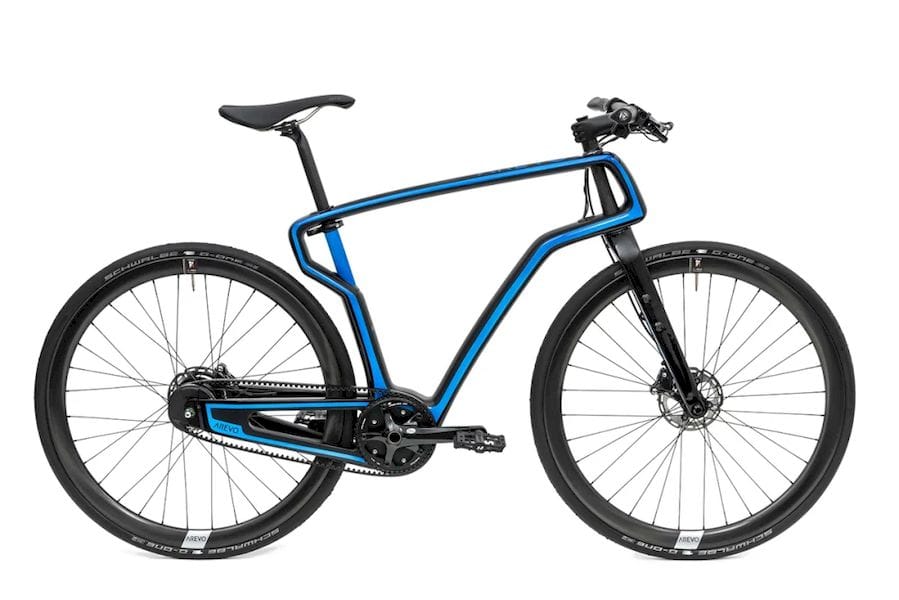
The composites market is ripe for disruption, given the time, labor and cost required to produce composite parts.
It’s no surprise then that several 3D printing companies are going after that market with a primary focus on the reigning royalty of composites: carbon fiber.
Among those vying for a piece of the pie is Silicon Valley’s Arevo, which has developed its own method for 3D printing with carbon fiber in a way that’s fast, flexible and scalable. The firm has just received a boost to help it bring that technology to market, in the form of a $12.5 million Series B investment round. It’s also got new leadership to guide it there: CEO Jim Miller, who previously worked as a VP at Amazon and Google.
To learn about the technology and these new developments, ENGINEERING.com spoke to Arevo chairman and founder Hemant Bheda.
3D Printing Continuous Carbon Fiber
Bheda explained that Arevo’s composite 3D printing technology relies on a combination of software, robotics, materials and directed energy deposition (DED). The company has developed a process for fusing strands of continuous carbon fiber with thermoplastics, like polyether ether ketone (PEEK) and nylon, as well as a process for depositing it.
“The challenge there is to take 15,000 several-micron-thin carbon fibers and combine them with polymer and to do so in a way that each and every fiber is uniformly coated with the polymer. And in a way in which there are no voids and we are not damaging or destroying the carbon fiber in the process,” Bheda said.

To print the material, Arevo’s relies on a laser-based DED method, rather than the traditional extrusion technique. A laser was chosen for the high energy transfer rate that makes it possible to print at speeds that would influence the scalability of the system. At the same time, Arevo is able to protect the carbon fiber without fraying it.
The result is the ability to produce parts with voids and porosity less than one percent, which is rare in 3D printing. Moreover, the carbon fiber reinforced components exhibit strength that is roughly five times that of titanium at one-third of the weight.
These parts aren’t printed along a traditional X-Y axis. Instead, Arevo relies on an industrial robotic arm to deposit material in X, Y and Z axes, making it possible to 3D print on non-planar surfaces. This is particularly useful given the fact that carbon fibers maintain anisotropic physical properties, meaning that they are stronger in one direction but not another. By printing on all three axes, it’s possible to ensure that the fiber is laid down in the proper orientation for the feature strength required.
In addition to the system itself, Arevo has developed software to take advantage of all of these capabilities. The firm calls it Additive Finite Element Analysis and it is designed to create parts with the highest strength to weight ratio.
“This is done by analyzing the stress vectors in a part, given the specific loading conditions. Then we can orient the carbon fiber along the 3D space, coinciding with the stress vectors, and we can put material only where the stresses are present,” Bheda explained.
Read more at ENGINEERING.com

